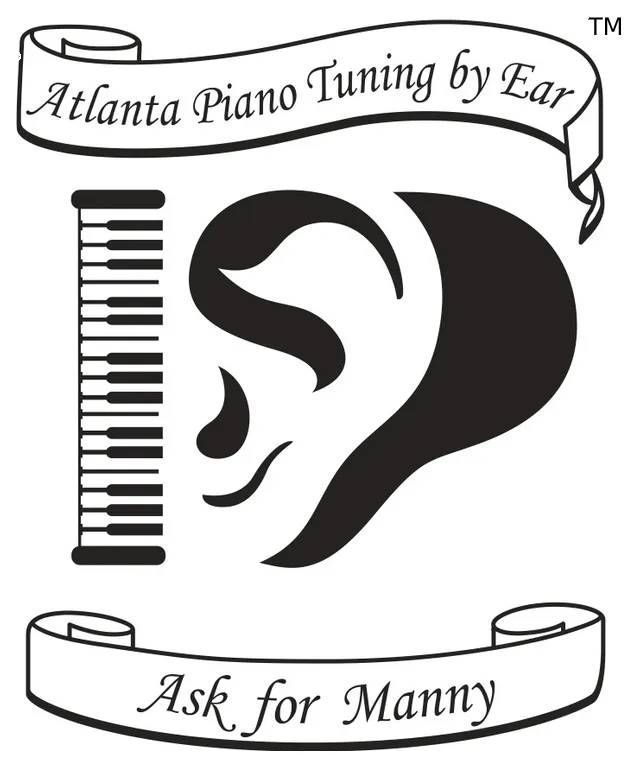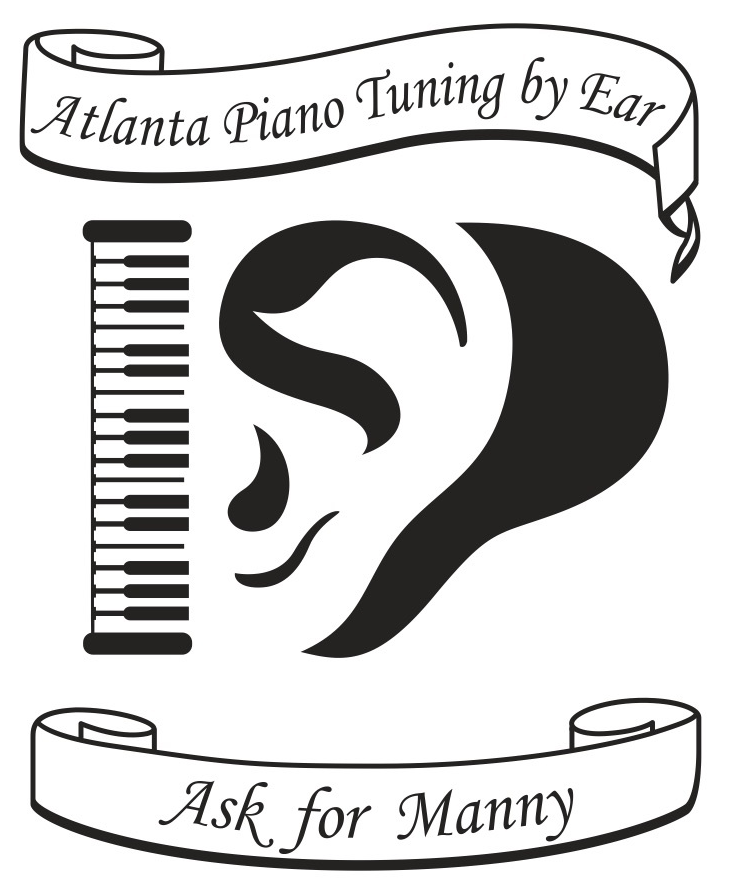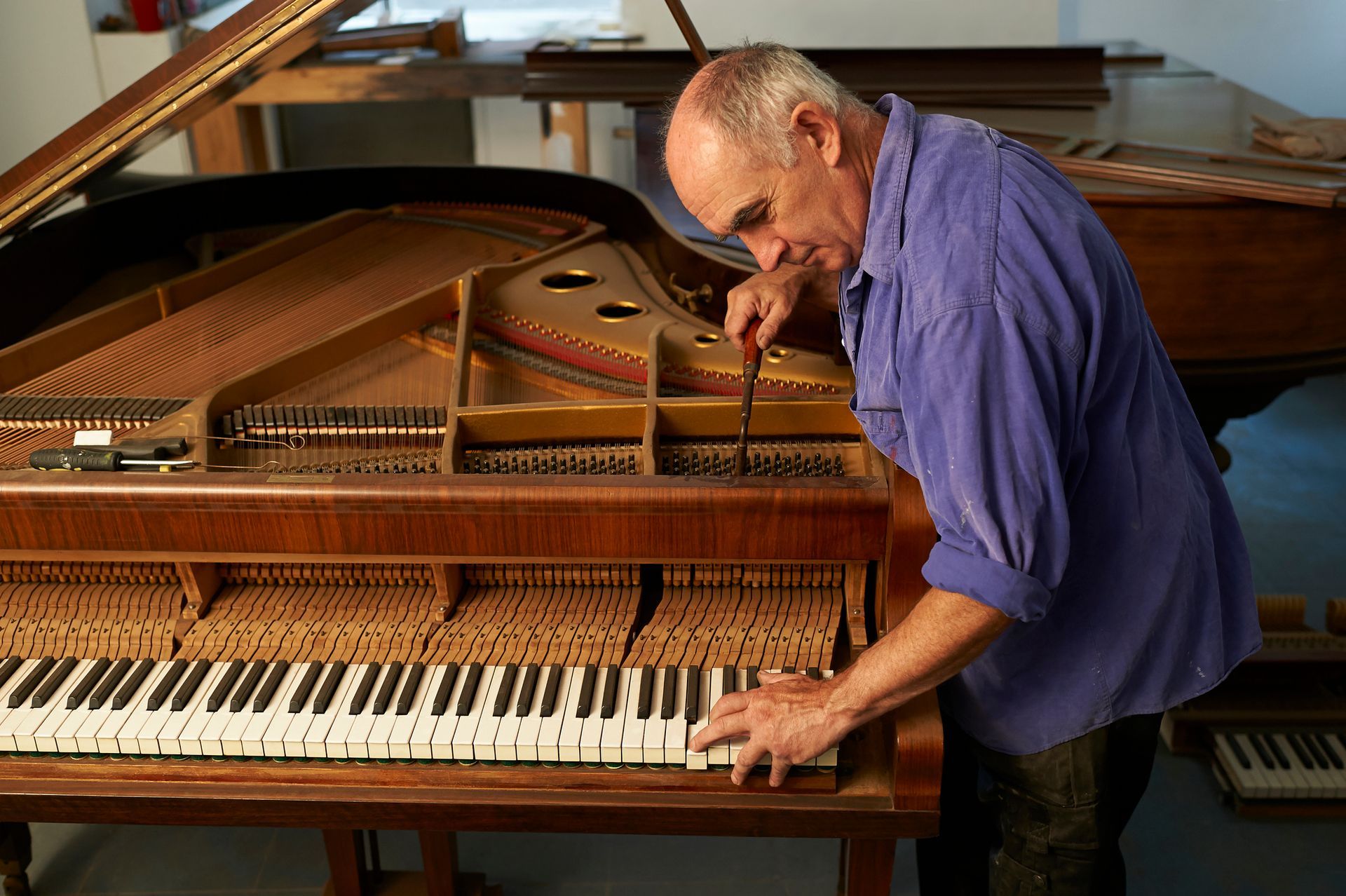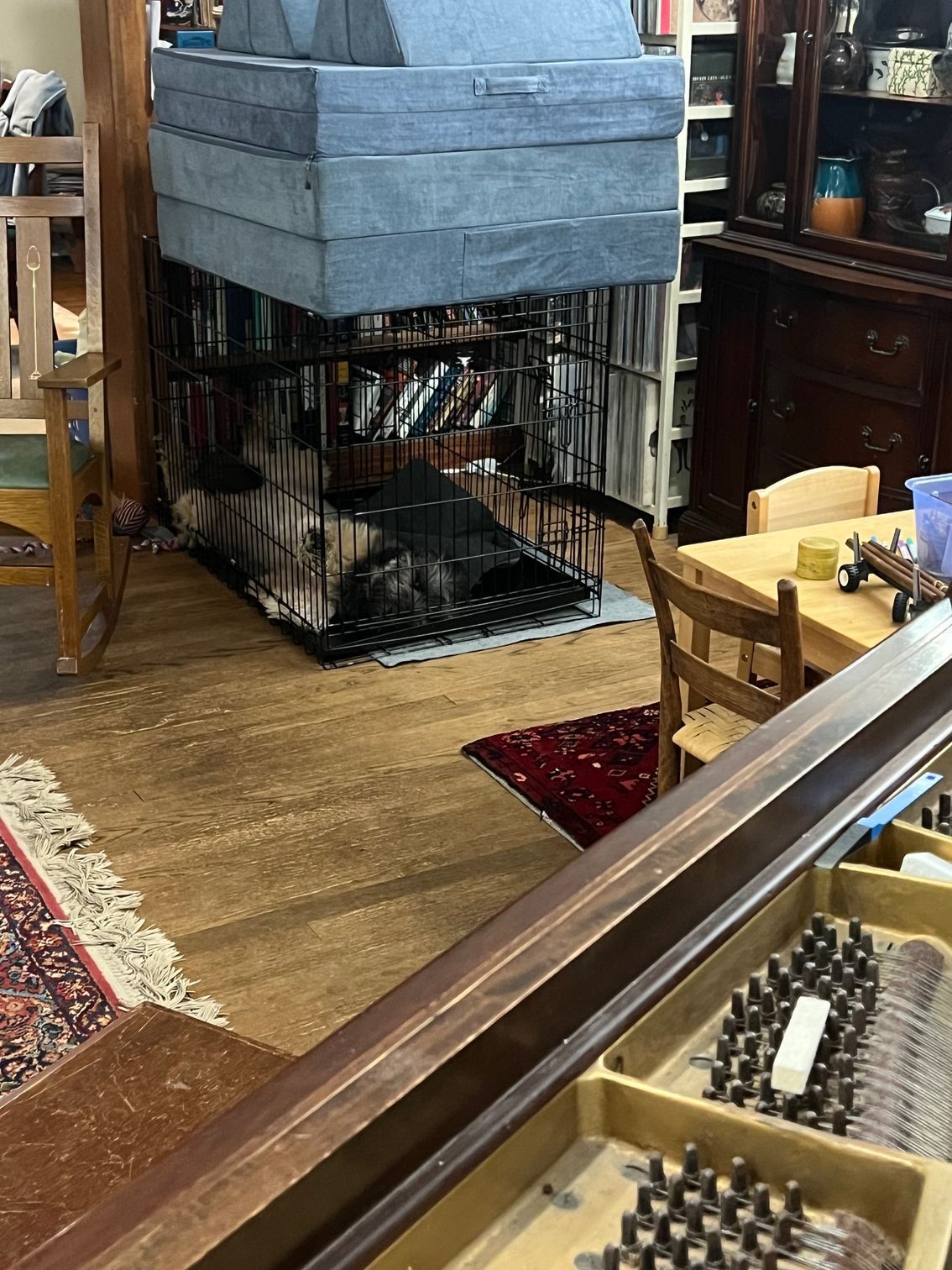OUR PET OF THE MONTH OCTOBER 2023
Emanuel P Loiacono • October 25, 2023
ATLANTA PIANO TUNING BY EAR - ASK FOR MANNY welcomes KWAME!
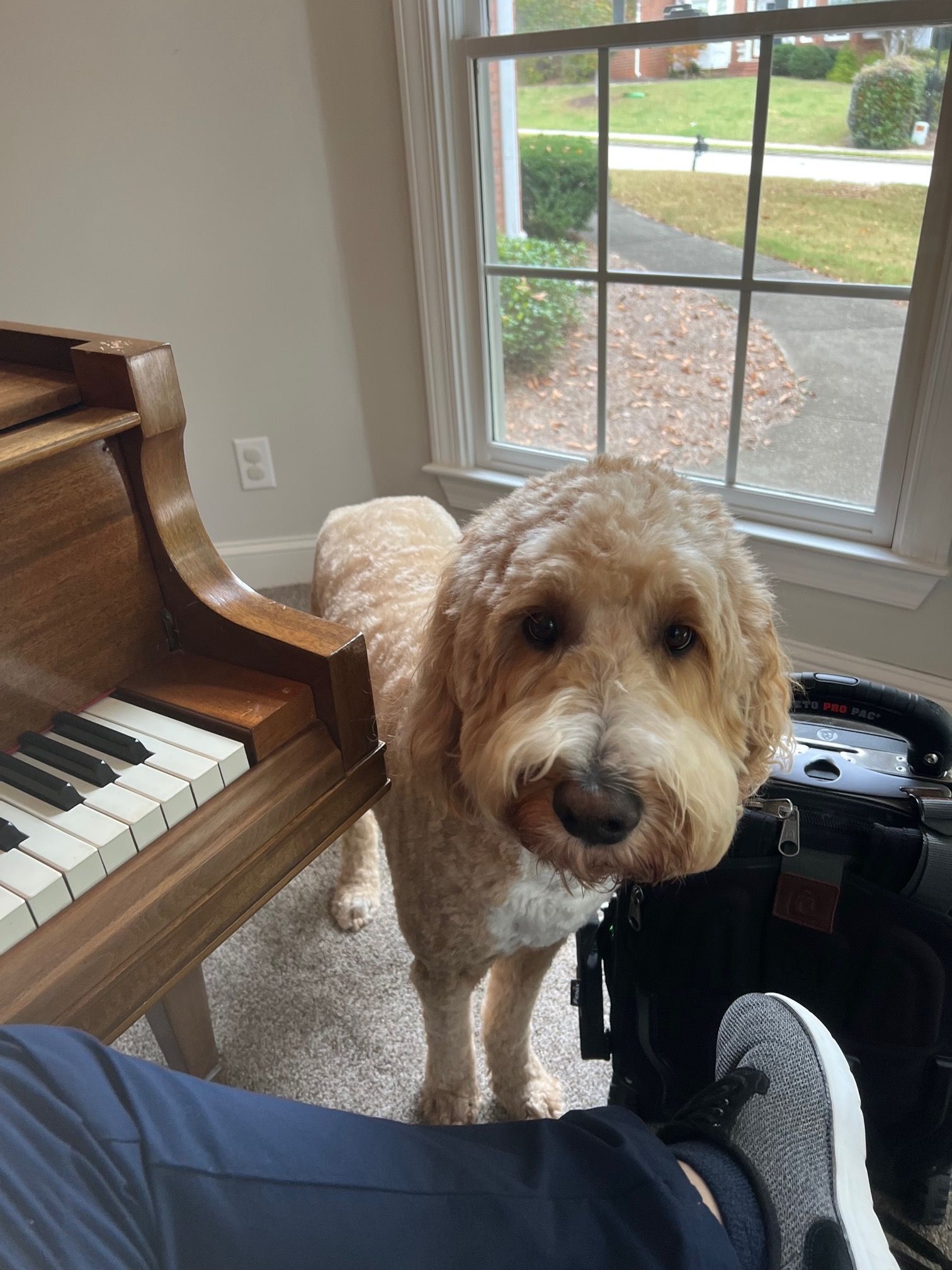
KWAME WYNNE took an active interest in his piano tuning, and especially in my leg and toolbox. His musical interests include Beethoven, Mozart, and most classical piano concertos.

Why a Piano Evaluation Is Essential A piano is a complex machine with over 10,000 moving parts. Even pianos that appear “gently used” can have hidden issues like: • Cracked soundboards • Loose tuning pins (causing the piano not to hold a tune) • Worn or uneven hammers • Sticky or sluggish keys • Structural damage from humidity or age • Moth or rodent damage inside the action • Pitch that is so low it may require expensive work to correct What Manny Checks During an Evaluation When Manny evaluates a piano, he provides a full, detailed inspection, including: • The piano’s overall structural health • The condition of the action and keys • Soundboard and bridge integrity • Pinblock and tuning stability • Hammer wear and regulation • Pedal function • The piano’s current pitch and potential tuning needs • Estimated repair or maintenance costs • Whether the piano is a good investment or one to walk away from Let Manny Guide You to the Right Piano Whether you’re shopping Facebook Marketplace, Craigslist, local music stores, estate sales, or family hand-me-downs, having an expert put eyes and ears on the piano is the smartest step you can take. Before you buy a piano, call Manny. He’ll make sure the piano you’re investing in is truly worth the investment.

Enhancing auditory skills in children is crucial for their musical development. A well-tuned piano serves as an essential tool in fostering a refined ear, helping young learners discern subtle differences in pitch, tone, and harmony. Early exposure to music through a properly calibrated instrument not only nurtures creativity but also builds a strong foundation for lifelong musical engagement. It's an investment in a child's cognitive abilities and artistic expression.
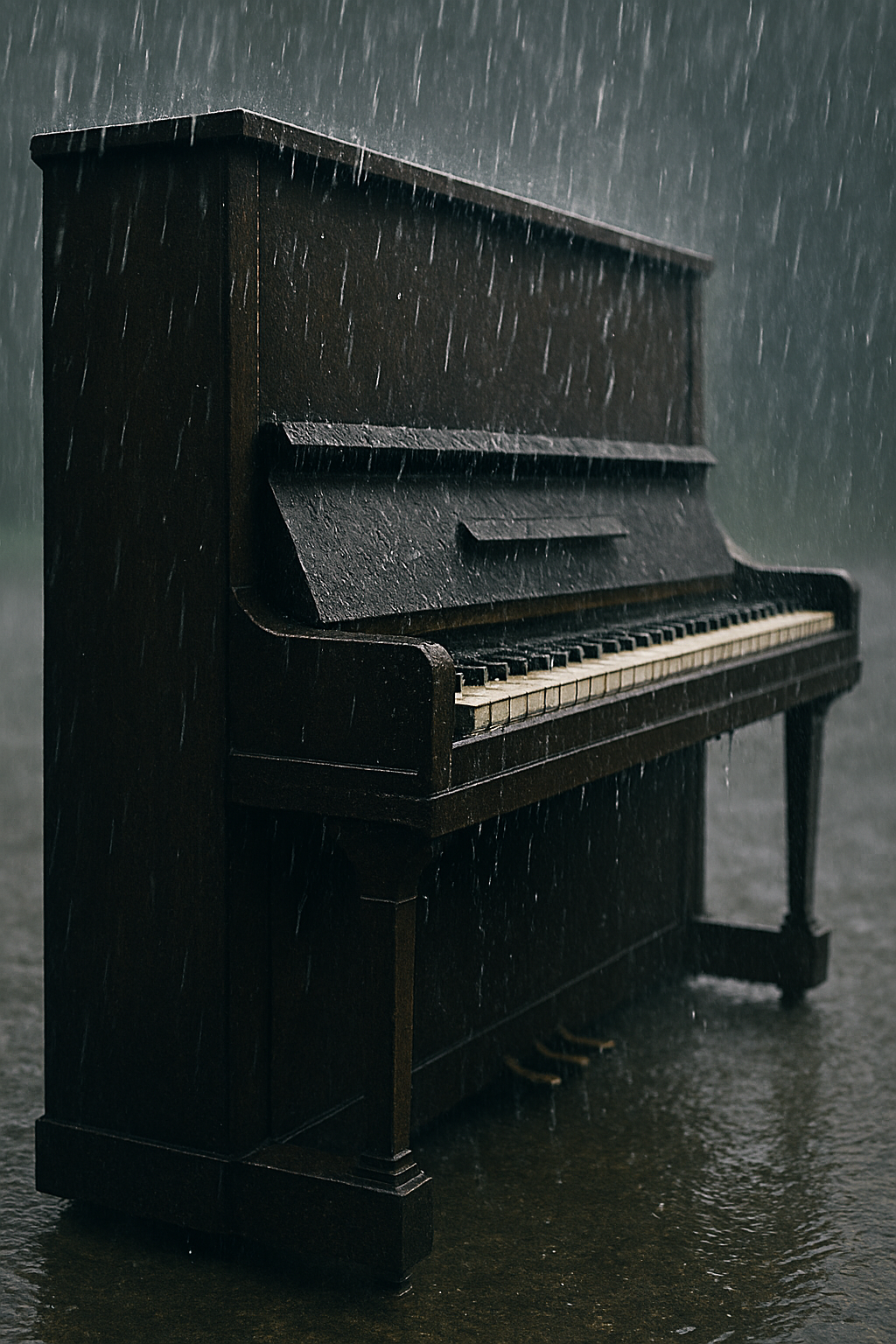
As a piano technician, I often get asked: “Why does my piano go out of tune so quickly?” One of the most common—and overlooked—culprits is fluctuating humidity. Pianos are made primarily of wood, and wood reacts dramatically to changes in moisture. When humidity rises, the wood swells; when it drops, the wood contracts. These shifts may be invisible to the eye, but they can wreak havoc on your piano’s tuning, action, and longevity. A well-maintained piano isn’t just about regular tunings—it’s also about creating a stable environment where your instrument can thrive. If you’re unsure whether your piano’s environment is right, I am happy to help assess your space and recommend solutions. Keeping your piano comfortable means keeping your music beautiful.
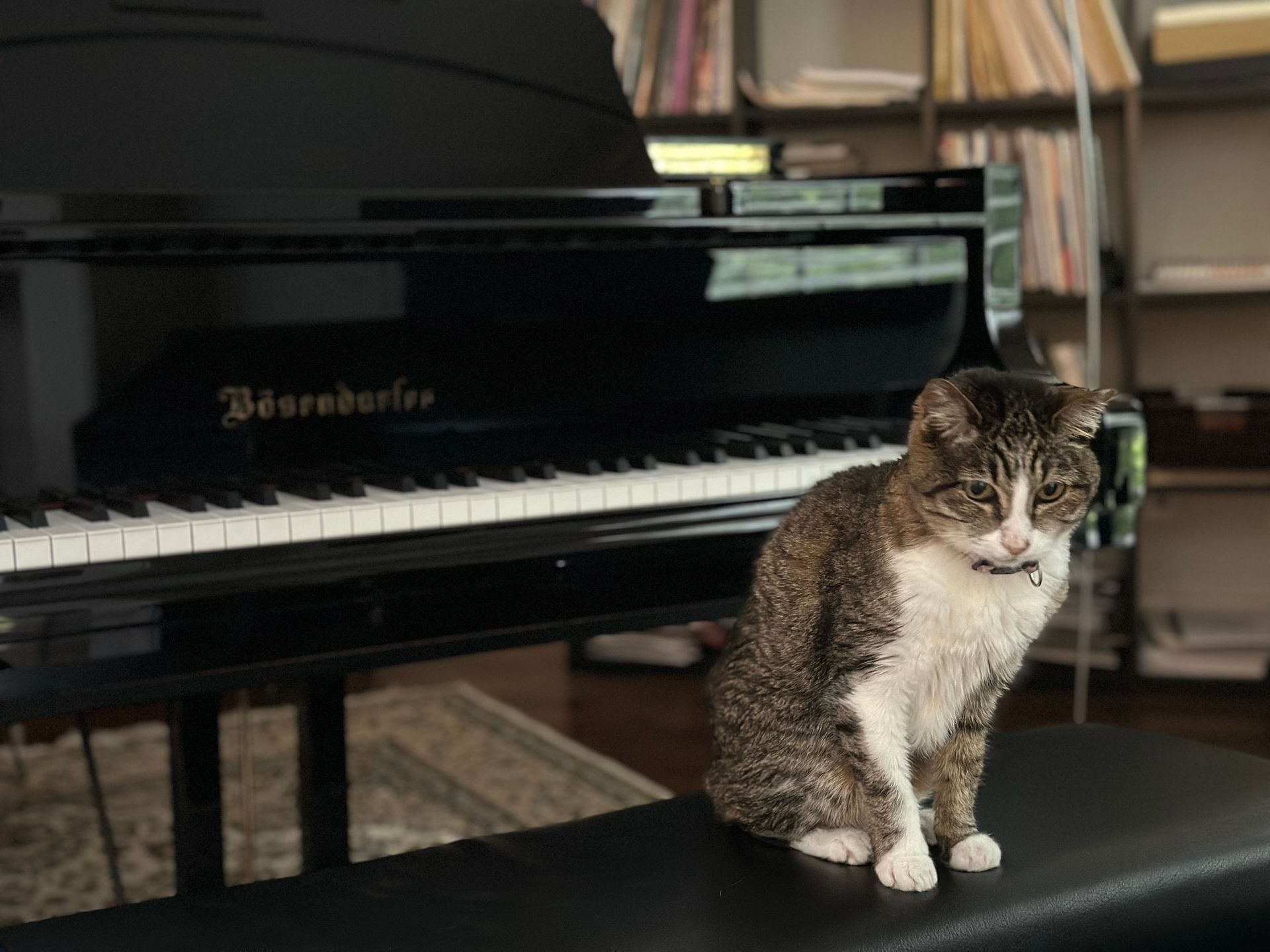
This is Kitty! Every Monday, she greets my wife at her piano lesson with our wonderful client and talented teacher, Natale Farrell at www.pianoeveryday.com. We’ve officially crowned Kitty as our Pet of the Month—because, honestly, she’s just too cute not to be. She always makes her presence known and adds a little extra joy to every visit!
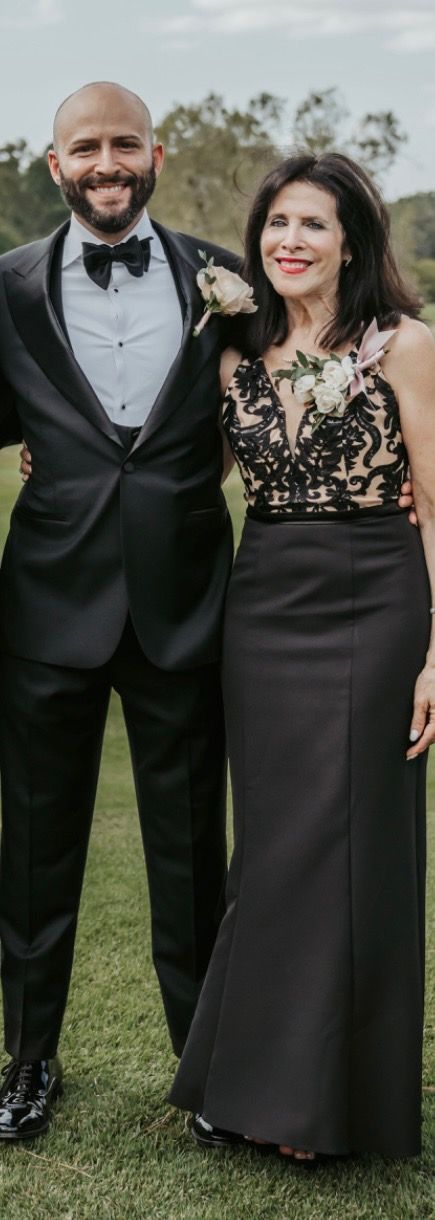
This Mother's Day, we pause to honor the women whose love and guidance create the rhythm of our lives-our mothers. Just as a well-tuned piano brings harmony to a song, a mother's steady hand and heart bring harmony to a home. At Atlanta Piano Tuning by Ear, we believe that music is one of the purest expressions of love —and many of us owe our earliest musical memories to the moms who signed us up for lessons, waited patiently during practice, and clapped the loudest at recitals. Whether they were musicians themselves or simply champions of our passions, mothers helped us find our voice-note by note. To all the moms who encouraged a love of music, who taught us patience, and who reminded us that even the smallest note has value: thank you. Your care keeps our lives beautifully in tune. A heartfelt tribute to my mother, Phyllis Your unwavering support and boundless love have made everything in my life possible. I am endlessly grateful for all you’ve done—and I love you more than words can ever express. Thank you, truly, for everything. Love, Manny
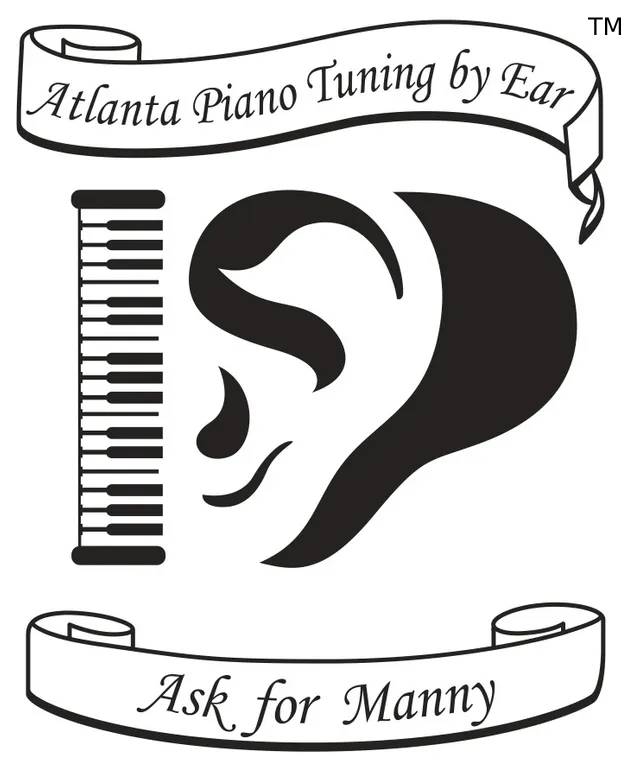
It is important to keep your piano's room room climate-controlled. This is why. Climate-control will ensure that the piano is not exposed to extreme temperatures or humidity levels, which can damage the wood and other components. Tuning your piano regularly to keep it sounding its best. Tuning your piano will also help to protect it from damage that changes in temperature and humidity can cause. Checking humidity levels in your home is important. If the air is too dry, it can cause the wood in your piano to shrink, causing the piano to go out of tune. If it is too humid, felts will swell and notes will stick. So use your air-conditioning in the summer, close windows and doors near the piano, and keep heat vents closed that are near your piano.
